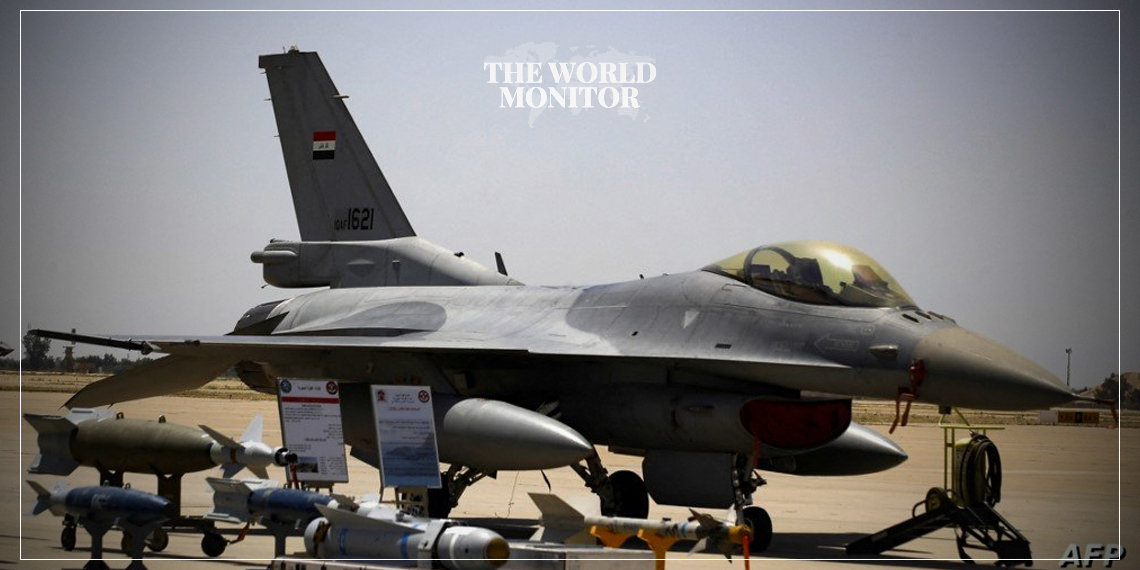Iraqi security forces reported on Sunday the killing of four ISIS militants, including a senior leader, during an airstrike that also destroyed weapons, explosives, and communication equipment.
The operation took place in the Salah al-Din Governorate, located in central Iraq.
According to the Iraqi Security Media Cell, an intelligence team from the Military Intelligence Directorate tracked the terrorist cell for several days, with technical surveillance and planning overseen by the Joint Operations Command’s Targeting Cell.
The team identified the location of the group in the Al-Ith area, and the Iraqi Air Force, using F-16 fighter jets, carried out the strike, killing four individuals, including “Al-Bazi,” identified as the “Commander of the Salah al-Din sector.”
This operation follows a joint military effort between Baghdad and the Kurdish region of Iraq, which resulted in the killing of four ISIS militants in a cave between the Kirkuk and Sulaymaniyah provinces, two days earlier.
Although Iraq declared victory over ISIS in 2017, after a brutal three-year campaign involving the Iraqi military, popular mobilization forces (PMF), and international coalition forces led by the United States, the country continues to face threats from active ISIS sleeper cells.
These insurgent groups, while largely defeated on the battlefield, remain capable of carrying out sudden attacks, resulting in continued losses of both military personnel and civilians.
In 2014, ISIS seized vast territories in Iraq, most notably the city of Mosul, where the group’s leader, Abu Bakr al-Baghdadi, declared the establishment of the so-called “caliphate” from the pulpit of the historic Al-Nuri Mosque.
Al-Baghdadi was killed in a U.S. military raid in northwest Syria in late October 2019, but ISIS remains a threat to stability in the region.
The ongoing operations reflect Iraq’s continued vigilance in combating the remnants of the extremist group, as the country works to regain full security and prevent further attacks.






